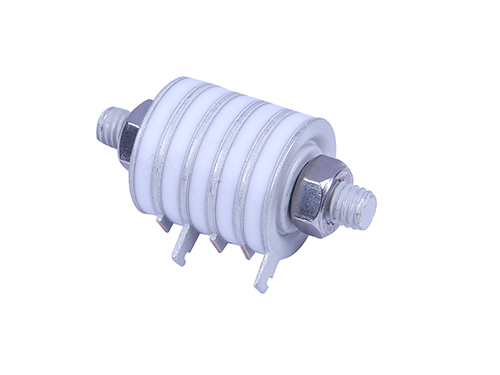The use of fuses makes us safer with electricity, fuses use hot melt method to protect products, fuses when the current exceeds the specified value, the heat generated by itself makes the melt fuse, disconnect the circuit of an electrical appliance. Fuse is widely used in high and low voltage distribution system and control system and electrical equipment, as a short circuit and overcurrent protector, is one of the most widely used protection devices. There are several types of fuses such as tube type, insert type, screw type, etc. Below we mainly come to understand the detailed classification and use of the above fuses.
Fuse classification and use: tube type, insert type, screw type and so on. It is mainly used for short circuit or overload protection of wire and electrical equipment.
1. Self-renewing fuse
Using sodium metal as the melt, it has high conductivity at room temperature. When the circuit short-circuit fault occurs, the short-circuit current produces high temperature to vaporize sodium rapidly, and the vapor state sodium presents a high resistance state, thus limiting the short-circuit current. When the short-circuit current disappears, the temperature drops, and the metal sodium recovers the original good conductivity. The self-restoring fuse can only limit the short circuit current and cannot really break the circuit. Its advantage is that it does not need to replace the melt and can be reused. When operating, the fuses are connected in series in the protected circuit. When the circuit occurs short circuit or serious overload, the fuse body in the fuse will automatically fuse and play a protective role, the most common is the fuse.
2. Plug-in fuse
It is commonly used at the end of lines with voltage levels of 380V and below, as a short-circuit protection for distribution branches or electrical equipment.
3. Quick fuse
It is mainly used for short-circuit protection of semiconductor rectifier elements or rectifier devices. The overload capacity of semiconductor components is very low. It can only withstand a large overload current in a very short time, so the short-circuit protection is required to have the ability to fuse quickly. The structure of the fast fuse is basically the same as that of the packed closed fuse, but the melt material and shape are different, and it is a V-shaped deep groove of the silver sheet.
4. Screw fuse
The upper end of the melt is covered with a fuse indicator, once the melt is blown, the indicator pops out immediately, can be observed through the glass hole on the porcelain cap, it is often used in the electrical control equipment of machine tools. It's called a screw fuse. The breaking current is large, and can be used for short circuit protection in circuits with voltage level 500V and below and current level 200A.
5. Enclosed fuse
There are two kinds of enclosed fuses: packing fuses and non-packing fuses:
Closed tube fuse without packing
Non-packing closed fuse the melt into the closed cylinder, the breaking capacity is slightly smaller, for 500V, 600A below the power network or distribution equipment.
Packed closed tube fuse
Fuses with packing are generally square porcelain tubes, filled with quartz sand and melt, with strong breaking capacity, used in circuits with voltage levels below 500V and current levels below 1KA.
Today's share of the type of fuse classification and its use content is here, and finally for everyone to popularize the fuse according to the use of voltage can be divided into high voltage fuse and low voltage fuse. According to the protection object, it can be divided into fuses for protecting transformers and general electrical equipment, fuses for protecting voltage mutual inductor, fuses for protecting power capacitors, fuses for protecting semiconductor components, fuses for protecting motor and fuses for protecting household appliances, etc. According to the structure, it can be divided into open type, semi-closed type, tube type and jet type fuse.




